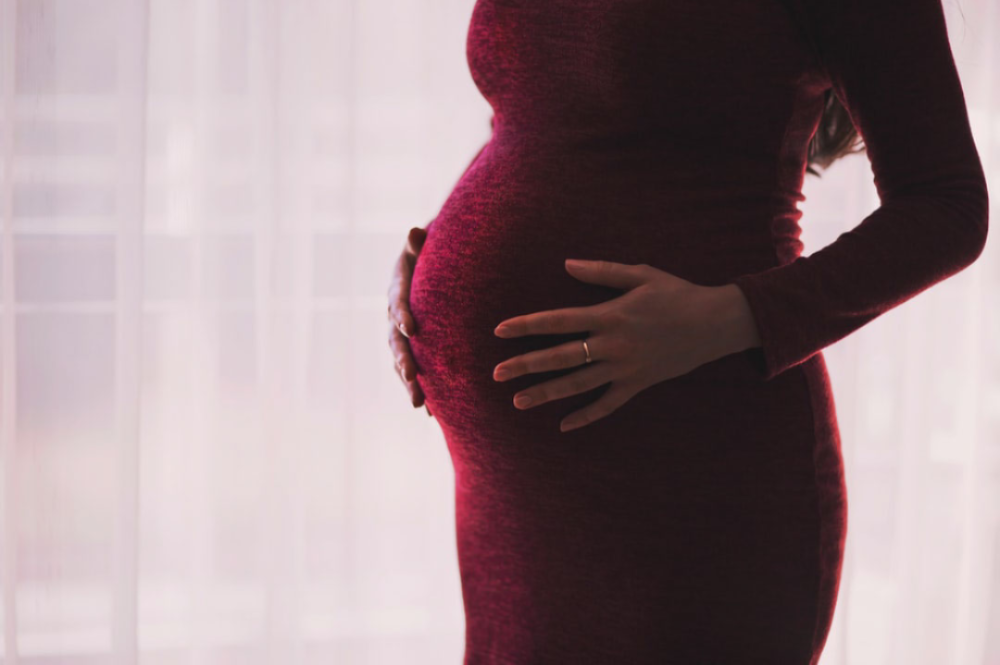
If you’re a soon-to-be mom, you’re probably busy getting your home ready for your little one’s arrival. But while you might have already addressed some of the most major concerns (like the ones that will keep you from experiencing a house fire, which happens every 86 seconds in the U.S.), there might be other hazards lurking in seemingly innocuous places.
What’s hiding in your home?
In some cases, your house itself may be the hazard. Many materials commonly found in homes contain volatile organic compounds, or VOCs, which are released into the air over time. In the short term, VOCs can contribute to headaches, respiratory issues, and other health issues. VOCs may also weaken compromised immune systems, which may be concerning for many moms.
Worse yet, VOCs can be dangerous for pregnant women and for their babies. In fact, one study found that elevated VOC exposure during pregnancy may have a negative impact on birth weight. Other research suggests that chemical exposure during pregnancy may contribute to birth defects or premature births. Maternal air pollutant exposure may also increase the risks of infants developing certain conditions like allergies and asthma. A newly published study also found a connection between workplace paint chemical exposure and the likelihood of having children with autism. While the link doesn’t necessarily point to causation, it does show paint chemicals may be more dangerous than we once thought.
VOCs are commonplace
Even more frightening is the fact that VOCs can be found almost anywhere. While most expectant women know to avoid pollutants and chemicals, they may not realize that they’re being exposed to VOCs. The EPA maintains a list of 140 chemicals that require risk management plan submission to federal regulators for storage, but VOCs can be readily found in countless products currently available on the market.
Many household plastics, even the ones created from processes like reaction injection molding, may contain VOCs. So can flooring materials, such as carpeting, as well as cleaning agents, new fabric, cosmetic products, and fragrances. Your mattress may well contain VOCs, too. A recent study suggests that VOC emissions from mattresses might worsen as you sleep. And then, of course, there are the VOCs that linger in household paints.
You might be eager to paint your nursery during your “nesting” phase, but you’ll need to be extremely careful about the materials you use to do it. Some organizations and medical professionals may say that the level of VOC exposure will be minimal and that the evidence doesn’t definitively prove that VOCs can harm pregnant women or their infants. However, many still admit that limiting any type of chemical exposure during pregnancy is always a good choice.
What to know about painting
There isn’t one type of paint that’s “safe” for expectant mothers, though you should avoid ones containing harsh solvents. That means oil-based paints, which give off fumes, should be out of the running. Some water-based or acrylic paints may be okay, but many still include solvents like ethylene glycol, ethers, or biocide; you should steer clear of these, too. Zero VOC paints are the safest bet. Be sure to read the label carefully to avoid color pigments with volatile organic compounds. Zero VOC paints are the best choices for nurseries, as they won’t emit those harmful chemicals over time. This option will protect both you and baby in the long term.
If you do decide to paint during pregnancy, you’ll want to take precautions. Painting during your first trimester may actually be the most dangerous choice. This period is the most vulnerable time in your baby’s development. Be sure to wear a mask, cover your exposed skin, open the windows, and wash off completely afterward. Take caution if you’re up on a ladder or stool, as falling is the last thing you’ll want to do. Having help from a partner, a family member, or a friend may be the best way to protect both yourself and baby.
As of now, there’s still very little direct evidence that VOCs definitively cause health issues for pregnant women. However, it might be better to err on the side of caution when decorating for the arrival of your bundle of joy.


Leave a Reply